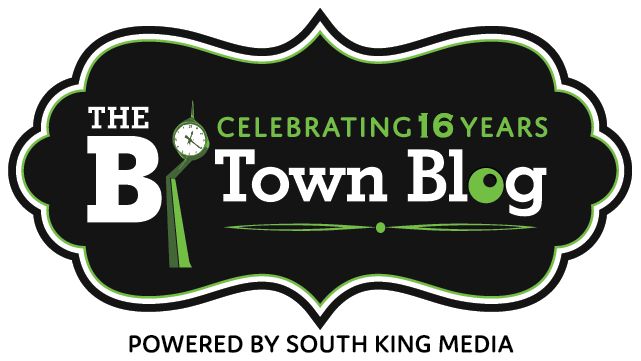
By Payton Dineen
For the past three years, Mel Olson Stadium in White Center has been the home of the Highline Bears summer collegiate baseball team. Every summer since 2015, upwards of 600 fans have filled the bleachers of Mel Olson to spend their nights with friends and family cheering on the Bears.
For some, the experience is a new one, having perhaps just started going to the ballpark in Steve Cox Memorial Park once the semi-pro team made its debut.
For others, however, the stadium and the community that surrounds it represent something much deeper.
Mel Olson Stadium was not always standing where it is today. Built in 1940, White Center Stadium previously stood in its spot and acted as the heart of community entertainment. Friday and Saturday nights could see as many as 2,000 fans flowing in and out of the stadium to take part in the exciting games of the Burien Adairs.
This would be the case for the next 33 years, until the tragic night of May 22nd, 1977.

For causes still not completely known, flames engulfed the stadium in its entirety. By the time the local fire department arrived the stadium had already been destroyed, leaving them only able to contain what was still burning. In the front line of the attempts to save White Center Stadium was someone with roots deeply embedded in the park and what it meant to the community. That man was Russ Pritchard, who now holds the title of President of the Highline Bears organization.
When looking back to that unfortunate night, Pritchard remembered how much the loss affected him.
“It was very sad. I happened to be at the station and got a call at about 3 a.m. for a fire at White Center Stadium,” Pritchard said. “We drove out and there was no doubt that it was in the red. We got there and the whole stadium was completely engulfed. The first thing that went through my mind was ‘this is where I grew up and now it’s burning to the ground.’ For days afterwards I just felt like a part of me was lost because all the memories I had there.”
When looking at Pritchard’s relationship with the community hub, it comes across as no surprise that the loss was a devastating one. Pritchard began going to White Center Stadium at eight years old, when he began his little league career and would continue it for the next several years. Each time a new season would roll around, Pritchard and his teammates would eagerly await the release of the schedule, always hoping they would get the chance to play on field #1. Unlike fields #2 and #3, field #1 was in the actual stadium, and playing in the stadium meant serious business for the little leaguers.
“Every little leagues player dream was to play inside the stadium. We felt like major league players in the dugouts that were actually underground,” Pritchard said.
White Center Stadium would even later be the destination of his first ever date, having taken a girl there to watch a little league game.
At first, rebuild of the stadium seemed unlikely. It was the community that had experiences like Pritchard’s that put pressure on King County to bring a new ballpark to the area. They would eventually succeed, and thus, Mel Olson Stadium was built, with the surrounding park named for fallen King County deputy Steve Cox, whose tragic death rocked the community in 2006.
In 2017, the Bears would recognize and celebrate the lives of Cox and Mel Olson by inducting them each into the team’s Hall of Fame, presenting each of their families with plaques on opening day.
Now decades later, Pritchard’s involvement with the park has remained un-wavered, now doing what he can to share his experiences with the community.
“It means a lot because I grew up in this area, I grew up playing all of my baseball at White Center park, and worked my whole career in White Center. Just to see the park back and go from playing little league to owning the Bears and bringing semi pro baseball back to White Center means a lot. It’s huge to me and it’s a way I’m paying back this community for me growing up into it.”
There is a lot still left to accomplish for both the Bears and Mel Olson Stadium, in Pritchard’s eyes. In addition to making improvements to the park, such as better lighting, a new scoreboard, and better access for fans, Pritchard would like to bring a championship caliber team to the area. Though he knows it will take time, he recognizes that the Bears are young and have improved every year since coming into existence.
For many, Mel Olson Stadium, formerly White Center Stadium, is more than just a ballpark. Without pressure from residents, it would likely not even exist today. Though young, the Bears hope to help bring the stadium back to its glory days as the go-to place to spend a summer night, and will continue to be a place for adults and children alike to come make memories like President Pritchard’s.]]>

